I’m glad to be getting back to health economic issues after spending the last couple of weeks firmly focused on consumers, digital health technologies and CES 2019. There’s a lot for me to address concerning health care costs based on news and research published over the past couple of weeks.
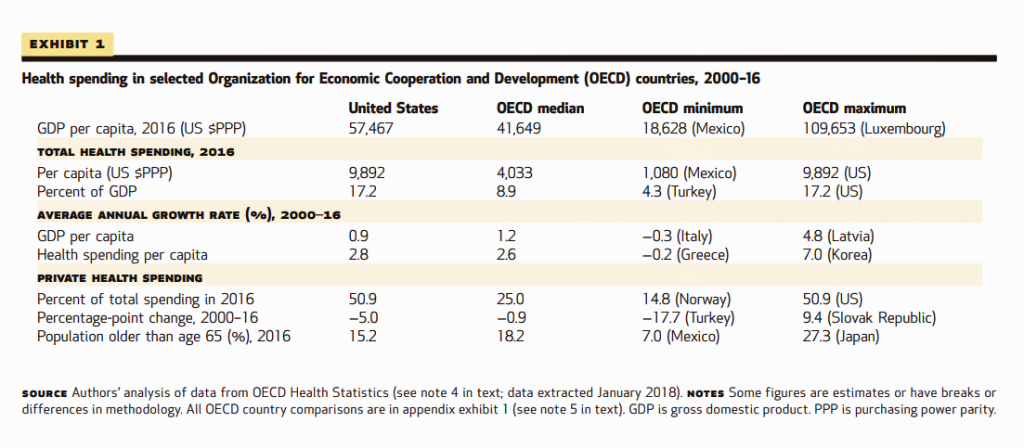 We’ll start with the centerpiece that will provide the overall context for this post: that’s the ongoing research of Gerard Anderson and colleagues under the title, It’s Still The Prices, Stupid: Why The US Spends So Much On Health Care, And A Tribute To Uwe Reinhardt. It is bittersweet to read the latter half of the title, as our friend and mentor Professor Reinhardt, a health economics pioneer, passed away last year. He co-wrote the first “It’s The Prices Stupid” research article in Health Affairs with Gerard Anderson et. al. back in 2003 — so we’ve known for over 16 years that in the U.S., higher-than-world-average health care spending is mostly about how services are priced, versus whether Americans use more healthcare.
We’ll start with the centerpiece that will provide the overall context for this post: that’s the ongoing research of Gerard Anderson and colleagues under the title, It’s Still The Prices, Stupid: Why The US Spends So Much On Health Care, And A Tribute To Uwe Reinhardt. It is bittersweet to read the latter half of the title, as our friend and mentor Professor Reinhardt, a health economics pioneer, passed away last year. He co-wrote the first “It’s The Prices Stupid” research article in Health Affairs with Gerard Anderson et. al. back in 2003 — so we’ve known for over 16 years that in the U.S., higher-than-world-average health care spending is mostly about how services are priced, versus whether Americans use more healthcare.
From 2003 to 2019, the theory that prices are the primary driver of America’s spending more on health care than any other country is still the case. On the supply side, the U.S. in fact devotes fewer hospital beds, physicians and nurses to health care delivery compared with other countries.
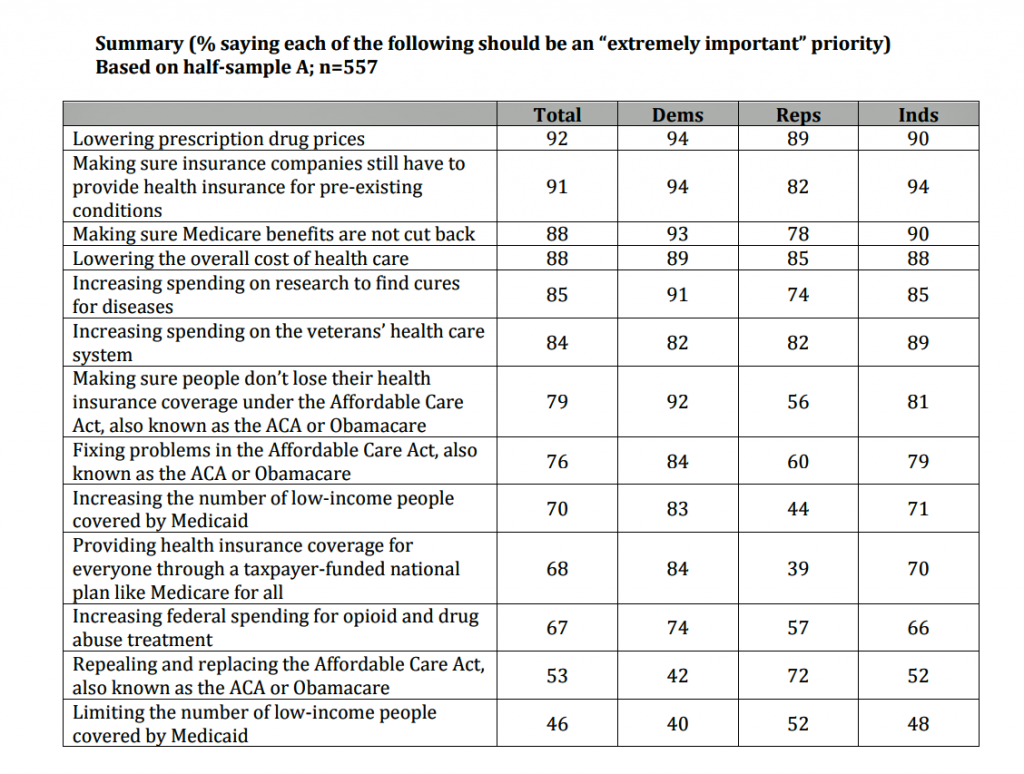 Increasingly, as patients bear more first-dollar costs through high-deductible health plans, co-payments and co-insurance sharing, the patient-as-payor has become more sensitive to these prices. So a new poll published this month by the Harvard T.H. Chan School of Public Health with POLITICO looked into Americans’ Health and Education Priorities for the New Congress in 2019.
Increasingly, as patients bear more first-dollar costs through high-deductible health plans, co-payments and co-insurance sharing, the patient-as-payor has become more sensitive to these prices. So a new poll published this month by the Harvard T.H. Chan School of Public Health with POLITICO looked into Americans’ Health and Education Priorities for the New Congress in 2019.
The top four health care issues consumers want Congress to prioritize in 2019 all deal with health care costs and access, for large majorities across political party ID: to lower prescription drug prices, to make sure insurers provide coverage for people with pre-existing conditions, to ensure Medicare benefits aren’t cut, and to lower the overall cost of care.
As the Harvard Chan-POLITICO study points out, prescription drug costs are top-of-mind for health consumers in America. Two news items illustrate this issue in real time. First, a Wall Street Journal profile of Bluebird Bio, a biotech firm that plans to sell gene-replacement therapy extending annual payments to patients based on whether the drug is effective. This puts the company at-risk for effectiveness, and would allow the patient to pay in installments over five years based on personal clinical milestones. The price of the therapy, LentiGlobin, could be as high as $2.1 million. The payment plan would have patients pay 20% “up-front,” so about $400,000, and then monitor the patient for four years. If the therapy continues to work, the patient would be responsible for an additional 20% of the total for each year they meet positive clinical end-points. The therapy treats thalassemia, a genetic disease that affects 1,000 people in the U.S. and 300,000 people worldwide.
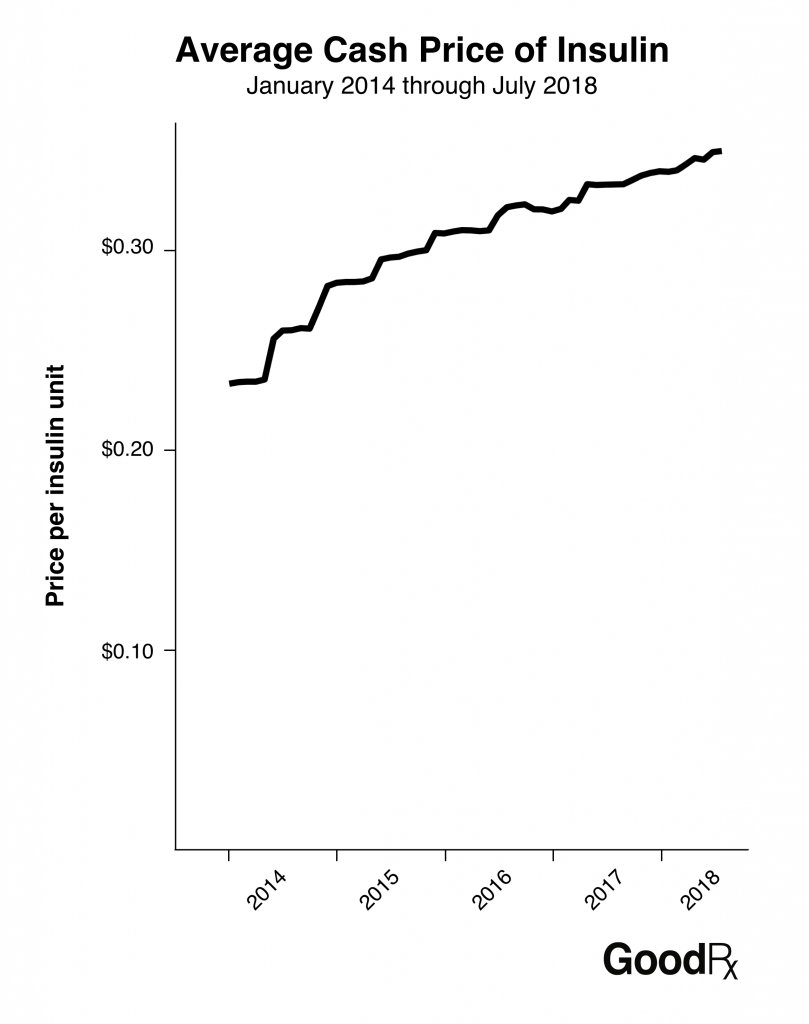 A second story involves a more mainstream drug: insulin, which is used by millions of people with diabetes. Research published in JAMA Internal Medicine in December 2018 found that as out-of-pocket costs for insulin have increased over the past few years, many patients use less insulin than needed. This contributes to poor glycemic control, and thus poor outcomes. One in four patients reported cost-related insulin underuse — which I deem as self-rationing. Over one-third of these patients didn’t talk about this with their clinicians.
A second story involves a more mainstream drug: insulin, which is used by millions of people with diabetes. Research published in JAMA Internal Medicine in December 2018 found that as out-of-pocket costs for insulin have increased over the past few years, many patients use less insulin than needed. This contributes to poor glycemic control, and thus poor outcomes. One in four patients reported cost-related insulin underuse — which I deem as self-rationing. Over one-third of these patients didn’t talk about this with their clinicians.
As patients continue to morph into consumers who pay for health care services, they are seeking price transparency — but not finding it so easy. On the positive side of transparency, the Centers for Medicare and Medicaid Services mandated that health care providers must post prices online, the requirement discussed here on CMS’s website. And see here on JD Supra for more details on the rules.
But what’s been published online since hospitals began to post prices hasn’t been very helpful, as this story in Vox documents. The author was searching for a procedure and came across this table posting service description and average charges for each.
 He writes, “I couldn’t tell you what a “2-D ECHO TTE COMP NO CONTRST” is, and I’m guessing that most patients couldn’t either. And even if I knew what a “2-D ECHO TTE COMP NO CONTRST” was, it’s not clear that knowing its price to be $2,283 would help me much either. These are the prices that George Washington Hospital charges for health care, but they are not the prices that insurers pay for health care. Those prices are negotiated in secret, and are not made available in this dataset. Some research has found that the actual prices insurers and patients pay bear little relationship to the published charges.”
He writes, “I couldn’t tell you what a “2-D ECHO TTE COMP NO CONTRST” is, and I’m guessing that most patients couldn’t either. And even if I knew what a “2-D ECHO TTE COMP NO CONTRST” was, it’s not clear that knowing its price to be $2,283 would help me much either. These are the prices that George Washington Hospital charges for health care, but they are not the prices that insurers pay for health care. Those prices are negotiated in secret, and are not made available in this dataset. Some research has found that the actual prices insurers and patients pay bear little relationship to the published charges.”
So much for transparency in 2019.
Bolstering consumers’ demand for knowing costs, Metova published results from a consumer survey this week, finding that over 80% of people would be more likely to visit a doctor or seek treatment if they could see their personal out-of-pocket costs on their smartphone. In addition, most consumers are interested in seeing and managing their health benefits on a smartphone; 9 in 10 people want a smartphone app that notifies when a doctor sends a prescription to a pharmacy, and when it would be available to pick up; and, 60% of consumers would like to buy vision care through a smartphone.
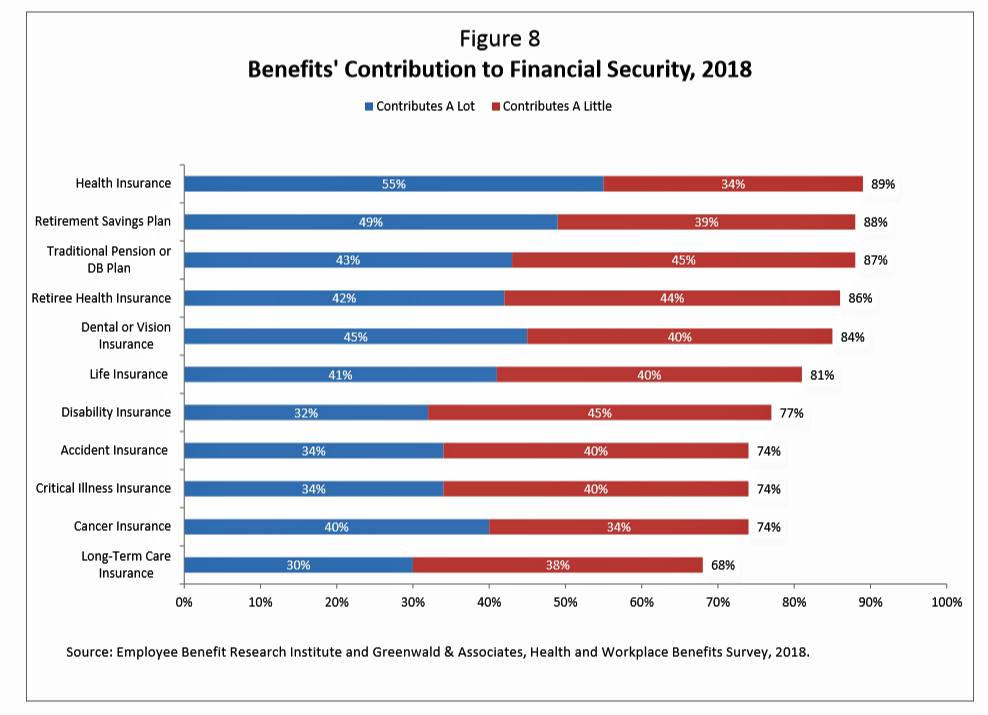 Health Populi’s Hot Points: The top employee benefit workers value is health insurance, shown in the latest EBRI survey into health and workplace benefits published last week. EBRI also found in this study that most workers said the most important benefit in making a job decision is health insurance.
Health Populi’s Hot Points: The top employee benefit workers value is health insurance, shown in the latest EBRI survey into health and workplace benefits published last week. EBRI also found in this study that most workers said the most important benefit in making a job decision is health insurance.
American patients well understand the impact of health care costs in the family budget, with health care costs ranking the top pocketbook issue in U.S. homes. That workers highly value their health benefits is no surprise. It’s mainstream patient experience these days for people to experience a surprise medical bill or be challenged on a new prescription that a payor denies as a first-step therapy.
The POLITICO-Harvard Chan survey reinforces what we’ve been saying for the past several years on Health Populi: that patients are now payors, and those payors vote in elections. Expect health care to rank high on U.S. voters’ minds across political party and red/blue state distinctions. We are all patients now, and we are all payors.


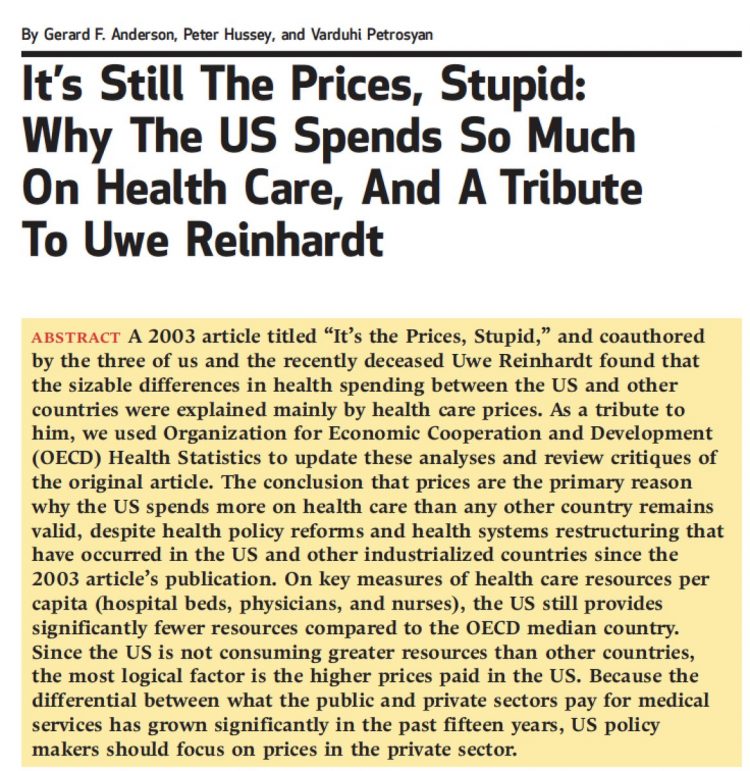


 Thank you FeedSpot for
Thank you FeedSpot for